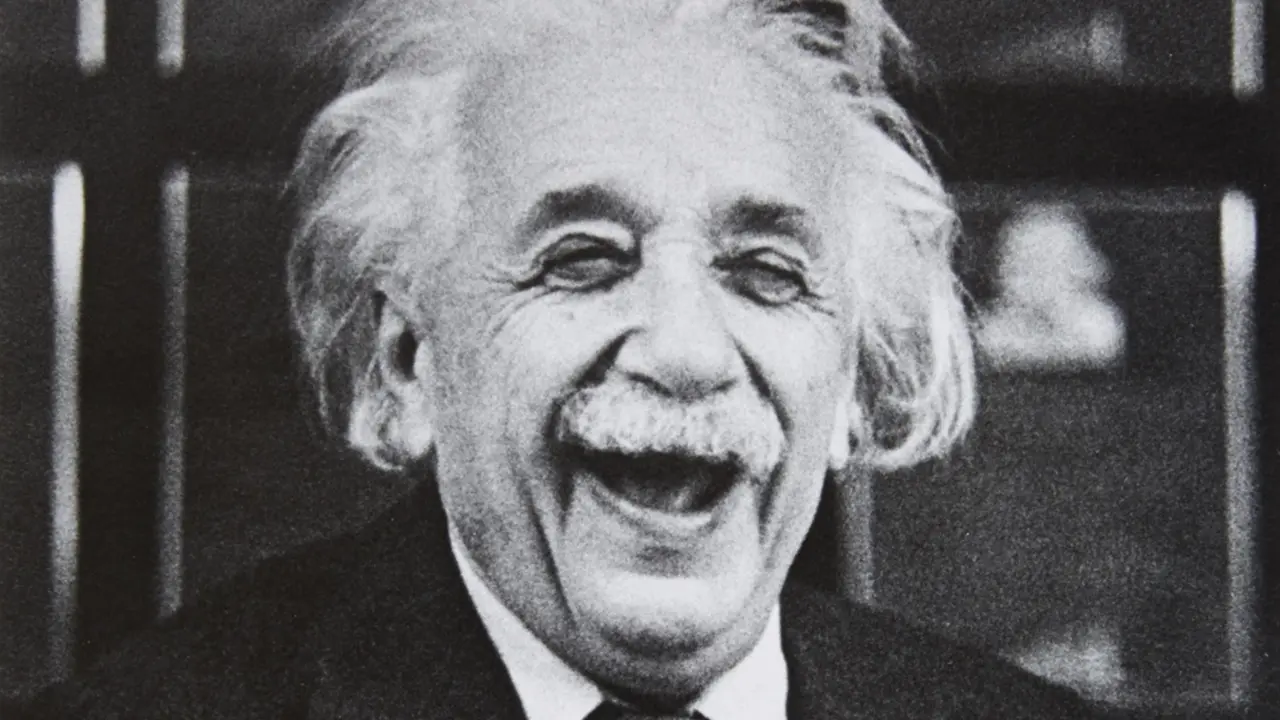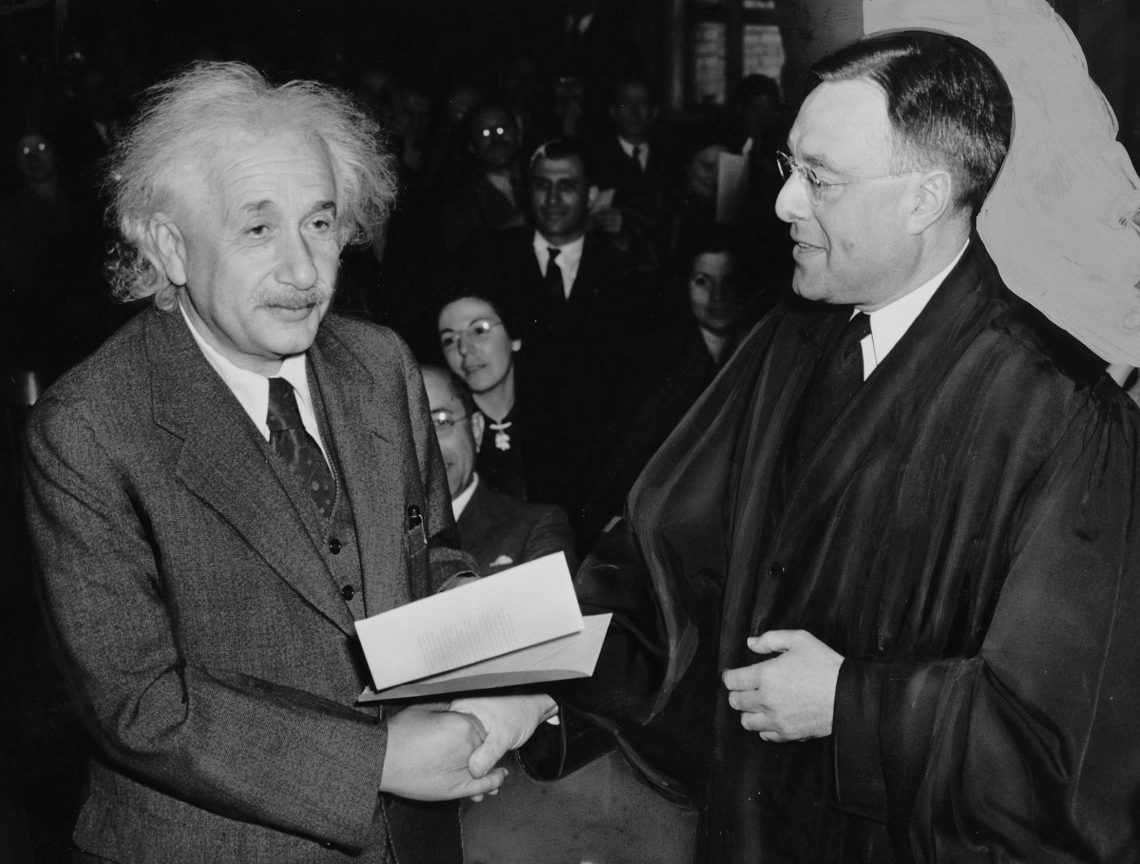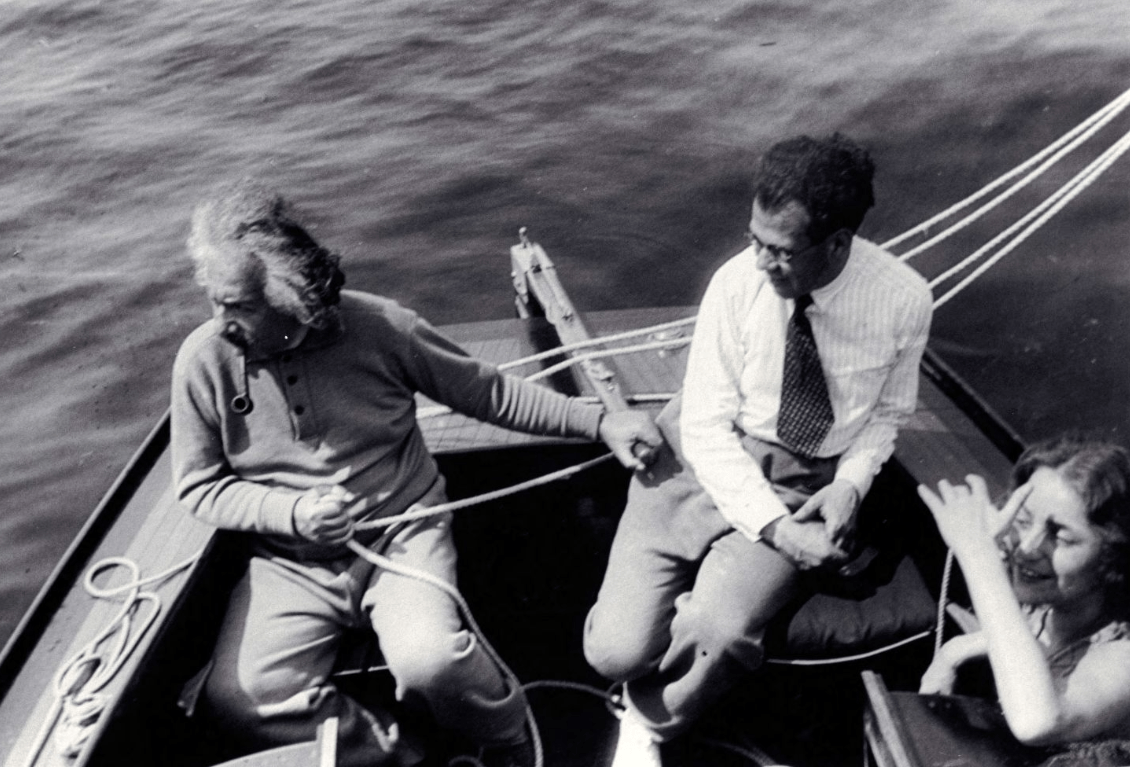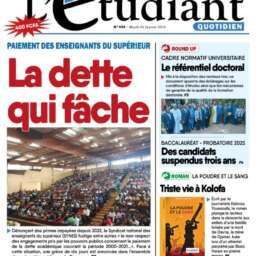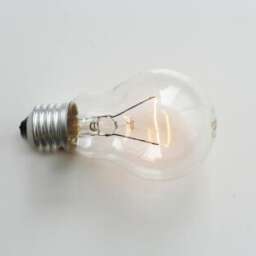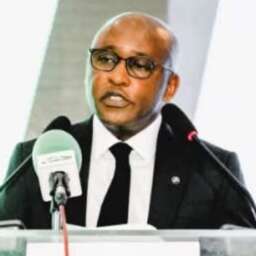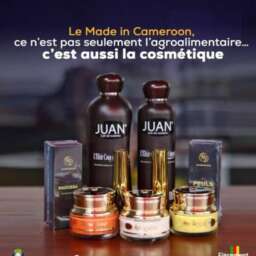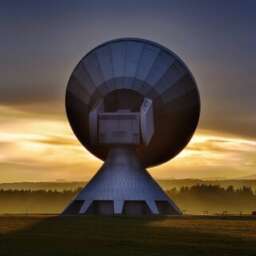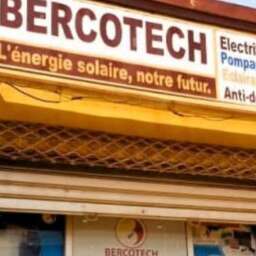Want to improve your marketing content? Looking for a proven, data-driven content strategy model that’s simple to apply?
In this article, we’ll explore a social content strategy.
Why is a Social Content Strategy so Important?
In today’s crowded online marketplace, simply having a social media presence is no guarantee of business success. While creators often fixate on vanity metrics like followers and reach, genuine growth depends on forging meaningful connections.
According to social media strategist Allie Mason, the path to profit starts with understanding your audience and positioning yourself as an authority worth trusting. Allie draws from over a decade of working with personal brands, small businesses, creators, and other online entrepreneurs to map a framework for crafting an effective social media marketing strategy.
Most people posting content on social media platforms have a specific goal in mind, whether it’s gaining followers and engagement or driving traffic and conversions. With a concerted strategy tied to business objectives, creators can maximize opportunities to optimize performance and tap into valuable market research, allowing them to keep an audience long-term.
A strategic, iterative approach examines content resonance across metrics like reach, profile visits, and conversion actions. This enables creators to determine what’s working, what’s not, and how to improve.
The key is being strategic with your content and community-building to convert your social media growth (followers, engagement) into actual business results (profits, customers).
Crafting an effective content strategy relies on a nuanced understanding of audience needs and brand identity. Rather than copying what seems to succeed for others, creators have to determine what will work best for their unique goals.
Allie’s core philosophy holds that social platforms mirror real-world spaces rather than treat social media growth as a pure numbers game. As brick-and-mortar owners know regular customers individually, digital creators should nurture relationships by responding to questions and remembering personal details.
How to Turn Followers Into Customers: Social Media Content Strategy for Building a Loyal Audience
By taking the time to understand your audience and establish trust, you can create a sustainable business supported by brand loyalty. Allie shares her expertise in using engaging content to build loyal and profitable audiences on social platforms.
#1: Audit Your Social Platforms
There’s no one-size-fits-all approach to social content strategy. This kind of slow, steady growth requires custom strategies based on you, your goals, what you’re comfortable with, and how your personality comes through.
Before creating a strategy, audit what you’re already posting and how your profile looks to strangers—would it make them want to follow you or learn more about your business?
Your content (posts, pinned posts, carousels, memes, Stories, Reels, Highlights, hashtags, captions, etc.) and profile (your bio, use of keywords in your about section, etc.) should clearly convey how you solve problems so the right people know you can support their needs—it should make you more discoverable.
You want to attract your people, not just any followers. So take stock of what’s working and what’s not, then create a strategy tailored to you and your business goals. The goal is sustainable growth through strategic, personality-infused content that connects you with your ideal community.
When auditing your social content, first post a variety of content types—Stories, Reels, carousels, static images, Lives, etc. While talking directly to your phone’s camera feels unnatural for many people, Allie urges you to do so because Stories and Lives are underutilized.
Next, look beyond just reach/views. See how many people visit your profile from that content. If it’s low compared to the reach, your content might be going to the wrong people, no matter how high the view count.
Then, really dig into the data on what content types and topics perform best. See what’s working and double down on that. Take what you learn and apply it to other content to see if you can improve performance across the board.
Allie says to think of your content strategy as an ongoing science experiment to refine based on data, not a one-and-done strategy. The goal is to connect with the right people by consistently providing your best-performing content.
#2: Conduct Market Research
You don’t need formal focus groups for market research. Use the valuable insights your social platforms give you.
For example, remember when Instagram said they’d stop letting people share feed posts in Stories? People got mad. But Instagram had data showing that when people saw a feed post in their Stories, they exited it or the app altogether.
Instagram uses that kind of data to understand how different content impacts behavior. Allie suggests doing the same with the insights you get.
First, notice what content types, themes, designs, captions, etc., your audience tends to engage with more. Then, track it in a spreadsheet—look for similarities or common themes in your top-performing posts. Why do certain posts do better than others? Connect those dots.
For example, Allie noticed that text-heavy Instagram Stories tend to beat videos for her and her clients. People engage longer to read, signaling value to the platform’s algorithm.
For Instagram, you must have enough followers to gain complete insights (100+). Allie recommends looking at 30 or 90-day ranges—more data is better. Then, screenshot top posts for followers gained, interactions, shares, saves, and website clicks. Other platforms, like Facebook, give you a content report that breaks down their most popular content to see what performed well each quarter.
You want to find those key themes, hashtags, designs, topics, formats, etc. that drive your best content. Was something newsworthy or an unusual take? For example, Allie has noticed people respond well when you give your opinion on new social media updates or features—will this work or not? It saves them effort figuring it out. Keep an eye out for those kinds of innovative posts.
Then, you can optimize future posts based on actual data—what you know your audience responds to most. Keep digging into your data patterns—all your top content you can repeat and expand on. Let your audience’s engagement guide your content instead of guessing what they might like.
#3: Build a Social Community: The Social Selling Staircase
According to Allie, struggling creators often focus excessively on vanity metrics like reach instead of relationship-building. Her three-step “Social Selling Staircase” presents a framework for converting content into sales:
Step 1: Build Relationships With Your Audience
The “staircase” is built on the foundation of your valuable content—the content you know resonates with your target audience. But absent genuine relationships, even stellar content can fall flat.
Building relationships online should be like in real life—get to know people little by little. You still encounter real people on social media channels, whether you have 10 or 10,000 followers.
Think of it like owning a small shop that gets regulars and new customers daily. You’re friendly and share info without pushy sales tactics. Over time, you create trust. If someone visits your page, introduce yourself and your offerings just like at the counter. You don’t want to immediately push products on strangers or comment on competitors’ posts to promote yourself —you’d never do that standing in their actual store!
Approach your social media strategy by building rapport with consistent, helpful content at first. For example, Stories highlighting everyday experiences like raising kids or pursuing hobbies enable your followers to relate to you. Sales will follow more easily when you have established relationships.
Step 2: Build Trust With Your Audience
Building trust and a social media business takes time. It’s rare that someone goes viral overnight and earns five figures a month. For most, building trust is a slow process that starts by generously sharing your expertise.
If someone DMs you a question, give help if you can or general guidance, even if you’d usually charge for it. Use it as market research—what do people ask for? Also, reply to comments; don’t just “heart” them. Personalized responses or remembering personal details make people feel seen. Show up on Stories, too, with professional and personal updates.
Allie recommends spending 20–30 minutes daily commenting and responding to questions from your followers. This helps foster connections and trust with your audience and transform followers into potential customers.
Think of it like regulars at your coffee shop—you learn about their lives bit by bit. The more you share as a real person, not just a business, the more people relate to and trust you.
For example, one of Allie’s clients went viral when he posted asking people to guess his son’s birthday cake flavor. It was his top Story ever. People connect with the person first. Then, when you offer something paid later, they will already know and trust you.
Additionally, gaining recognition as a trusted voice opens doors to sharing opinions, recommendations, and insights. Followers weigh creator perspectives when making their own business decisions.
Step 3: Establish Authority With Your Audience
The final step is to position yourself as a go-to authority. You can be popular on social media but still need to convince people to hire or buy from you. You have to establish your authority—why you’re the best fit for their needs.
What establishes authority? Social proof—share client stories and transformations from working with you. Even little wins are essential, not just viral ones. For example, Allie has clients who have under 5,000 followers but make 6 figures, and she shares those stories with her followers. Your followers need to see benefits directly translating to people like themselves.
When you consistently position yourself as the expert in your work, people trust you more, and you become the first person they think of when needing that service.
It’s not just about being liked or having followers—it’s getting followers to see you as the authority they can rely on when ready to buy. Tell your expertise story clearly so people know you’re the leader in your niche.
#4: Sustainable Growth Takes Patience
For Allie, the most important takeaway is that loyal customers and real influence take time to develop. While viral success occasionally happens overnight, slow and steady relationship-building is far more realistic for most. Instead of trying to engineer shortcuts, she encourages creators to embrace social media’s fundamentally personal nature.
The rewards come to those who persist. Allie now posts less frequently while still attracting clients and sales because she carefully laid the foundation of her business over years of nurturing her community. This affords her space to develop educational offerings, like her Something Greater School of Social membership.
In Allie’s experience, small accounts can absolutely gain traction and profit. The key lies in optimizing user-generated content for the right people rather than raw scale. Five thousand engaged followers who know, like, and trust you will generate far greater returns than a million indifferent observers.
Author: MICHAEL STELZNER









